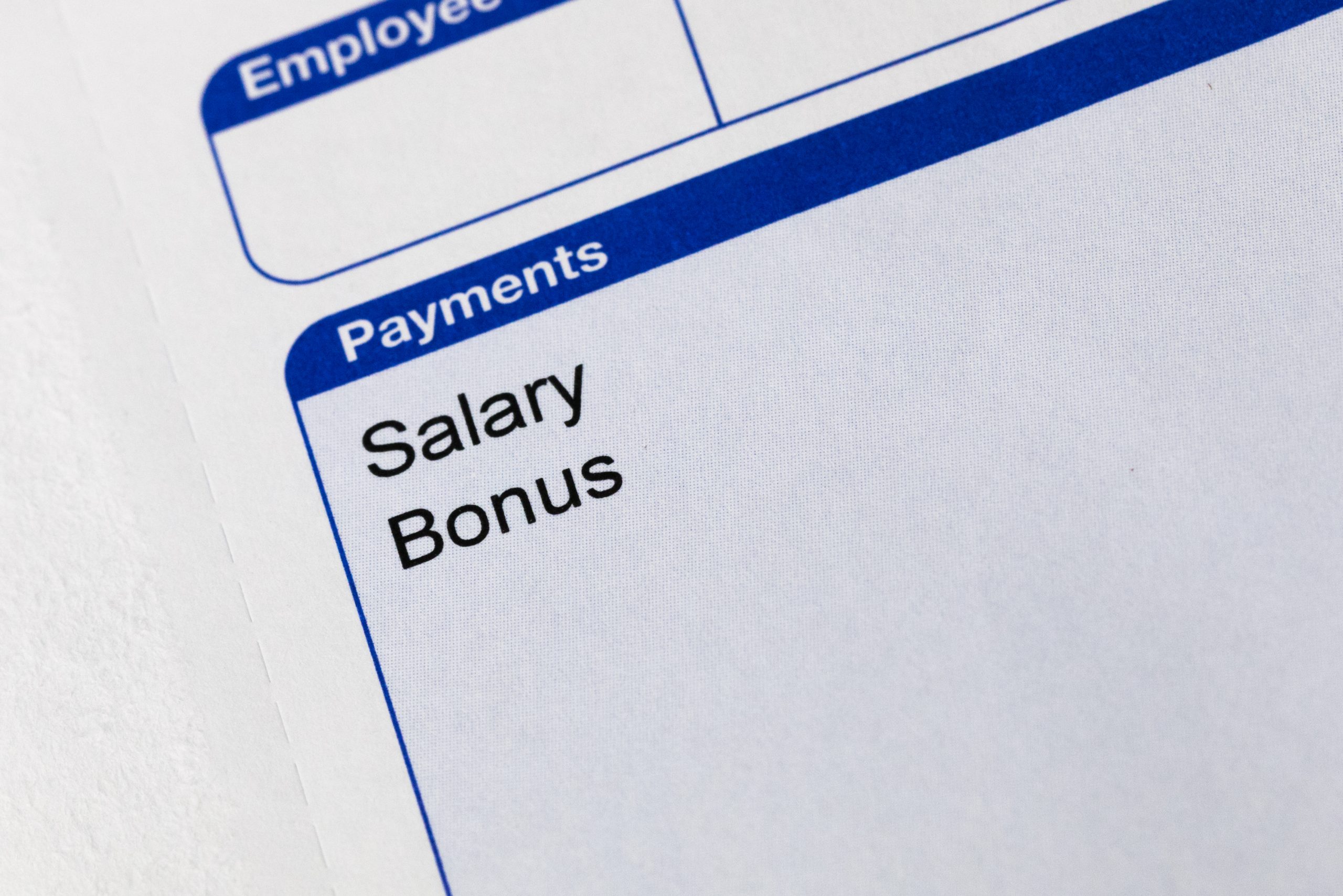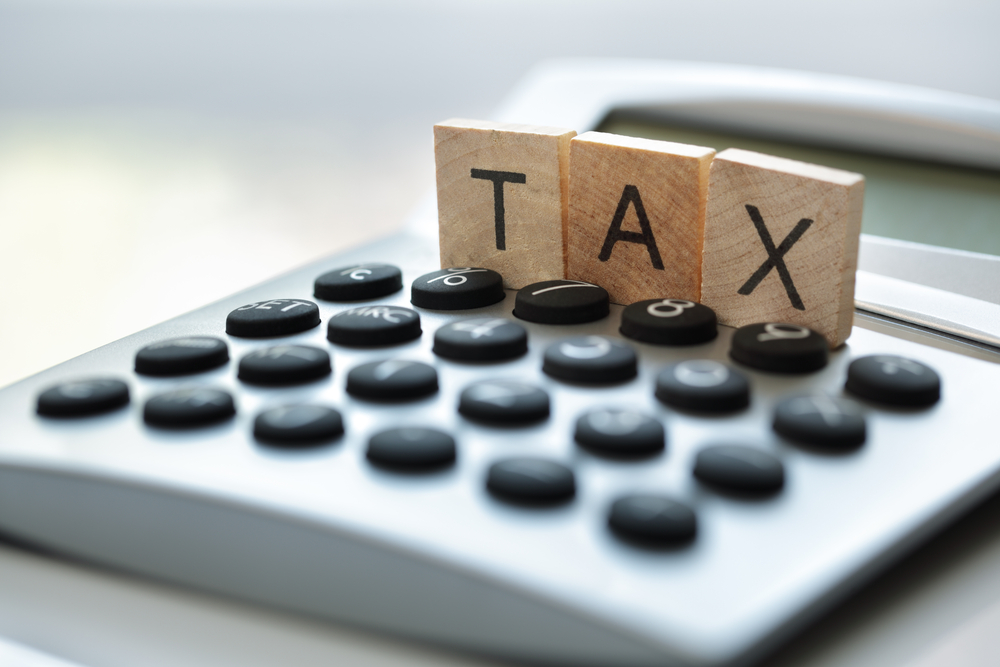The average longer-term fixed bonds and easy-access ISA rate finally increased after half a year of reductions, data reveals.
There was a resurgence in longer-term fixed bonds in March, which rose to 4.13% after five months of consecutive cuts. That marks its highest rate since December 2008, when it stood at 3.74%, according to Moneyfacts UK Savings Trends Treasury Report.
However, one-year fixed bonds fell to 4.61% – its lowest point since June 2023.
The rate rises signify a change in direction for the prices on offer. Last month, fixed rate bonds recorded their biggest monthly fall for over 15 years, as customers were hit with diminishing returns on their funds.
Notice and easy access accounts
While the average notice rate dropped by 0.01% to 4.27%, the average easy-access ISA rate crept to 3.32% for March – up from 3.3% for February.
However, the average notice ISA rate stooped to 4.12%, but the average easy access rate rose to 3.18%.
ISAs
The average one-year fixed ISA also skittled down 4.49% – another rate which experienced five months of dips.
Meanwhile, across the savings sector, customers can now choose the best deals from the highest-ever number of providers, as 141 providers now offer ISAs. They contributed to a rise in product choices for customers which hit 1,923. The number of options for cash ISAs grew too, making up 517 of the available deals.
‘Positive turn of events for fixed rate bonds’
The movements in the market mean the difference between average one-year and longer-term fixed bonds is 0.48%, with one-year bonds paying a higher-than-average return.
Rachel Springall, finance expert at Moneyfacts, believes the latest round of rates marks “a positive turn of events” for the fixed rate bond market.
Springall said: “However, the swap rate market remains volatile, and providers will also have their own reasons to enhance or worsen their fixed rates; such moves during February resulted in a drop to the average shelf life of a fixed rate bond to 27 days, from 39 days.”
“The new cash ISA reforms will come into effect from 6 April and could encourage consumers to use cash ISAs more. However, regardless of these reforms, savers would be wise to take advantage of both their ISA allowance and Personal Savings Allowance (PSA) to protect their cash from tax.”
High-street banks still paying low rates
Springall added that savers with high street banks “may not be earning a decent rate” urging people to switch if their loyalty isn’t being rewarded.
Springall said: “More than six months have passed since the market had a rise to the Bank of England base rate, but rate competition among challenger banks has not waned. There are now more savings providers than ever before on our records, giving consumers more choice and encouraging competition.”





